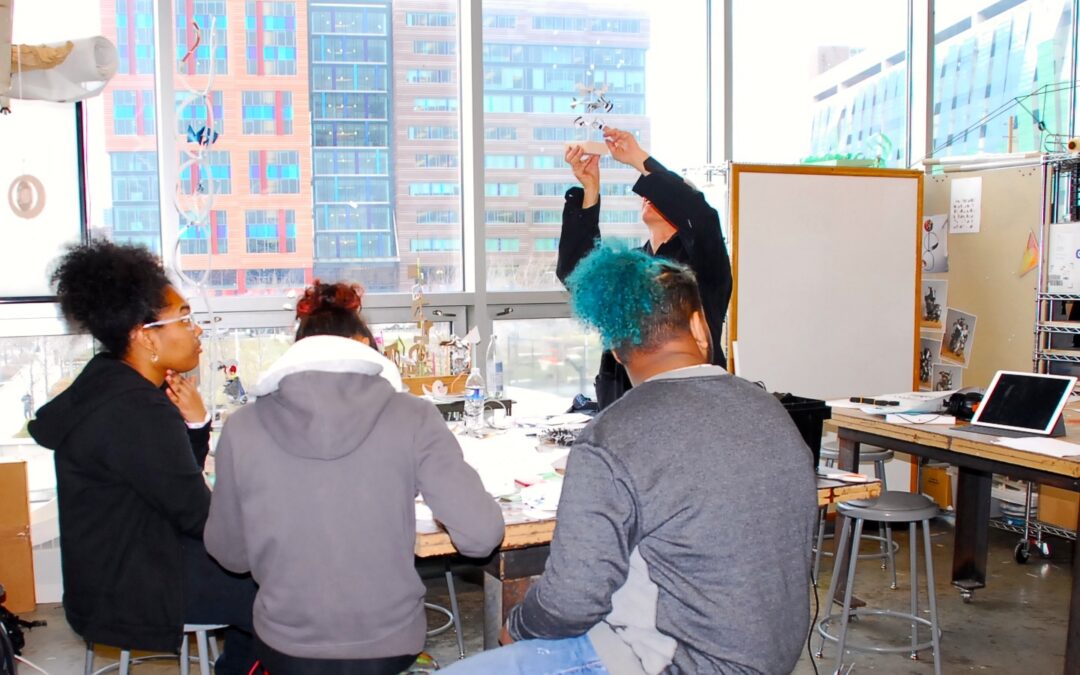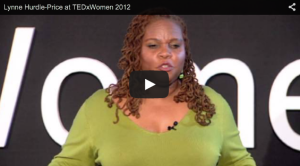Are You Ready For This Kind of Leadership?
My client, let’s call her Tamara, is part of a dynamic team of very successful and very driven leaders. As a girl, she learned that her voice was not as important as boy’s voices. As part of her ethnicity, she learned that she could not be true to her culture if she spoke up during conflict and made her feelings and thoughts known.
I helped her work through those cultural barriers/conflict stories and in a short time she began feeling more powerful and using the skills to begin to speak about ideas and problems happening with the team and her boss. She also realized that even though it felt like it, she was not betraying her culture by using these skills. She was still who she was culturally and had many ways to exhibit that in her life. The biggest result was that her boss saw the change and how it benefited Tamara, the team, and the company and promoted her several times.
Last week, I talked about values and culture and their importance when we are engaging in conflict conversations. This week, I want to share what leaders, employees, and companies are missing out on when they don’t know, consider, or factor in the role that culture plays in the workplace.
Communication is a two-way street, both externally and internally. What I mean by this is that, when it comes to communication, leaders need to place as much importance on what is happening inside of themselves and the other person/people involved as they do on what is coming out of their mouths or what their body language is saying.
The way we communicate is more of a cultural experience. There are many of us who are in touch with that fact daily, especially if conflict is involved. Inside of us, our conflict stories are shaped by culture and experiences. As a leader, you have to develop an understanding of cultural diversity and the impact it has on communication and conflict or you will miss many important cues that tell you that your people are having problems. You will also lose valuable team members who’s culturally influenced communication styles of silence, unfiltered “speaking their truth”, directness or hiding their true feelings were either misinterpreted as problematic or never effectively addressed.
Knowing how to look for, spot, and talk about these things requires study, insight, and practice. Here are a few things to start you off on your exploration.
1. How did culture show up in your home life? Were there rules and roles that were given for how to behave according to gender, ethnicity or race?
2. What were some of the reactions to and stories told to you about people from cultures different from your own?
3. Think about the role that culture plays in your leadership. You may think you leave it at the door, but trust me you don’t. What cultural norms affect the way you interact with others in your workplace?
4. What rules or policies in the workplace limit cultural expression or engaging in truthful conversation about cultural norms? (i.e. hairstyles, languages spoken, clothing, family photos)
Once you have done this exploration with yourself, give some thought to how you can make room for your team and/or co-workers to begin to have a conversation around some of these things. Understanding that people are whole and full human beings that are best served by being allowed to fully show up in the work environment opens the door to greater understanding and growth for everyone. Finding the ways to do this is not only important for creating inclusivity and respect for difference and the value it serves in business and in our personal lives, but also leads to less conflict and misunderstanding over time.
Yes, there may be conflict at first as cultural norms clash and create the need for a new outlook, mindset or policy, but the conversations that will emerge will make the effort well worth it. New ideas, relationships, ways to move forward, innovation, creativity, and productivity are all outcomes that leaders, teams, and companies can look forward to when culture is received in this way.
People are looking for ways to bring their best selves and be all of who they can be at work. It’s time for leaders to acknowledge what has been left out and caused many people from non-dominant cultures to seek work and belonging elsewhere.
I believe you have it in you to be that leader. Do you?
In Love,
Lynne





